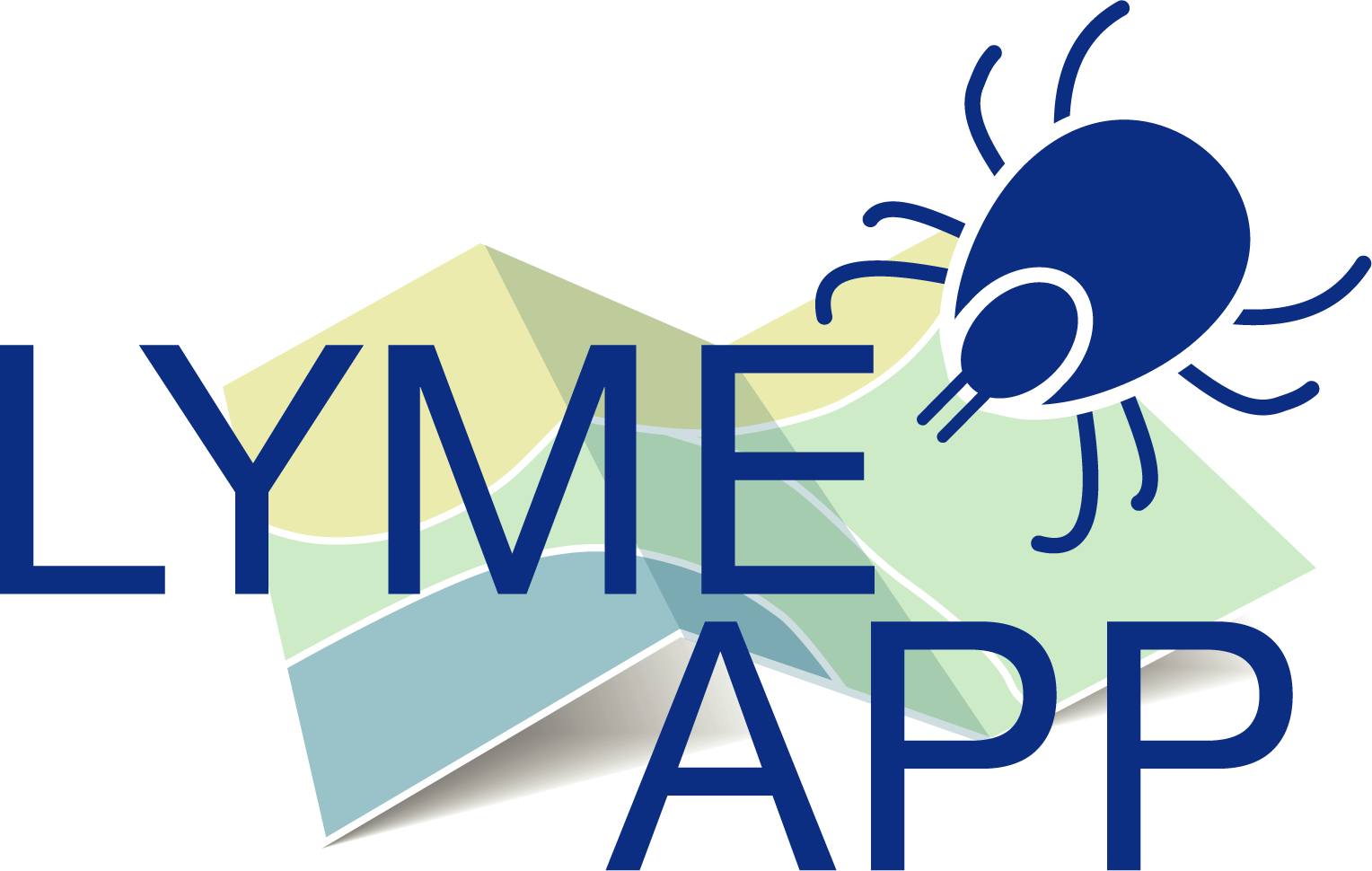Other tick-borne diseases
Other tick-borne diseases?
Other tick-borne diseases are very rarely caught following tick bites in the UK, however they may be acquired overseas. They may be co-infections with Lyme disease [66].
 Tick-borne disease include:
Tick-borne disease include:
- Anaplasmosis (granular ehrlichiosis) – reported in US and Europe
- fever, severe headaches, malaise, muscle pains, and chills. Other symptoms may include confusion, hemorrhages, and renal failure. http://www.aldf.com/anaplasmosis/
- Babesiosis – most commonly reported on the East coast of the US, but also occurs sporadically in other parts of the world
- Babesiosis – Clinical features are similar to malaria - including fever, generalized weakness, gastrointestinal symptoms, headache, myalgia, weight loss, respiratory symptoms, dark urine. https://www.aafp.org/afp/2001/0515/p1969.html
- Q fever – only very rarely acquired through tick bites
- Q –fever – flu-like symptoms within 2 – 3 weeks of being infected, such as: fever, aching muscles, tiredness, sore throat, swollen glands . Symptoms usually last 2 -3 weeks. https://www.nhs.uk/conditions/q-fever/
- Tick-borne encephalitis – common in central and eastern Europe, but is never acquired in the UK
- Tick-born encephalitis is a viral infection that can affect the central nervous system/brainhttps://www.fitfortravel.nhs.uk/advice/disease-prevention-advice/tick-borne-encephalitis
